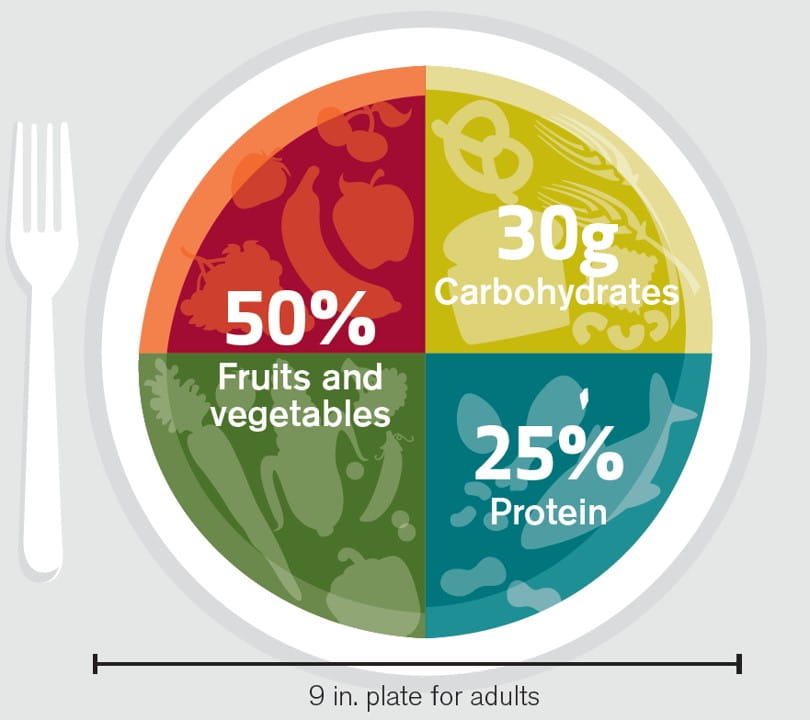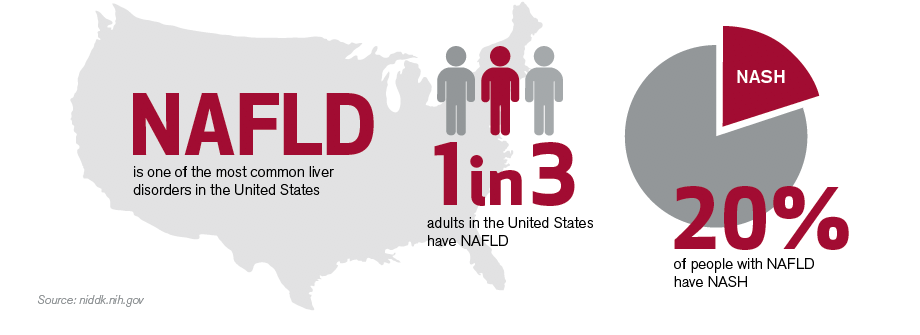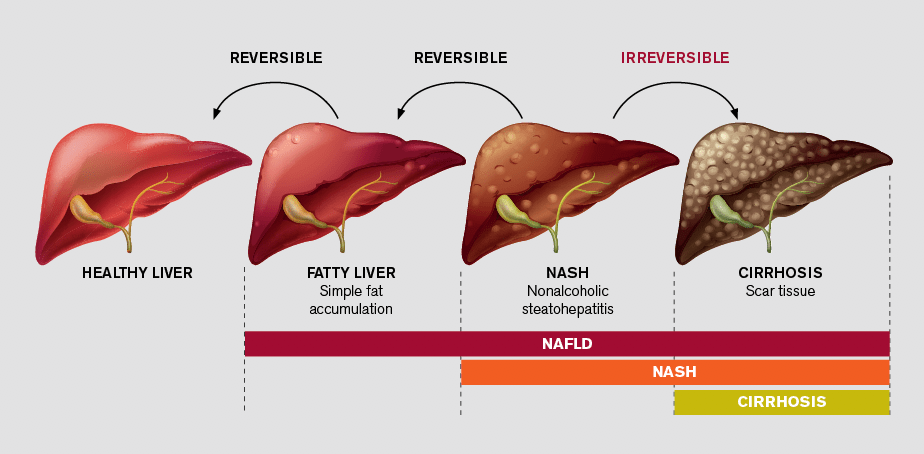Metabolic Liver Disease Program
CONTACT US:713.441.4345


What is steatotic liver disease?
Metabolic dysfunction-associated steatotic liver disease (MASLD) is a condition often associated with obesity, insulin-resistant diabetes and dyslipidemia (high cholesterol or fats in the blood) as well as other metabolic risk factors. MASLD is diagnosed by abnormal liver function tests or fat in the liver, and sometimes both. MASLD includes a range of liver damage, which can progress over time.
- Steatosis means abnormal amounts of fat in the liver.
- Metabolic dysfunction-associated steatohepatitis (MASH) can occur with steatosis, inflammation, and damage to hepatocytes (liver cells). MASH is reversible.
- Fibrosis is the formation of scar tissue in the liver because of the damage caused by MASH. It is often progressive without treatment.
- Cirrhosis is the build-up of scar tissue from fibrosis and cannot be reversed. This can lead to further complications, like liver cancer and liver failure.
You can improve your MASLD and even cure it through diet and lifestyle changes. Losing 3-5 percent of your body weight will kick-start the loss of fat in your liver, with a goal of less than 10 percent of total weight loss.
About MASLD
Why is MASLD Important?
Obesity has been on the rise in the U.S. since 1994. Today, more than one-third of Americans are obese. Learn more.
What can you and your doctor do?

What dietary changes can you make to treat your MASLD? And what your doctor can do to help? Learn more.
Is there more can you do?

Metabolic Dysfunction-Associated Steatotic Liver Disease


How to Eat Healthy When Ordering From a Delivery Service

6445 Main Street
Outpatient Center, 22nd Floor
Houston, TX 77030
713.441.8839




